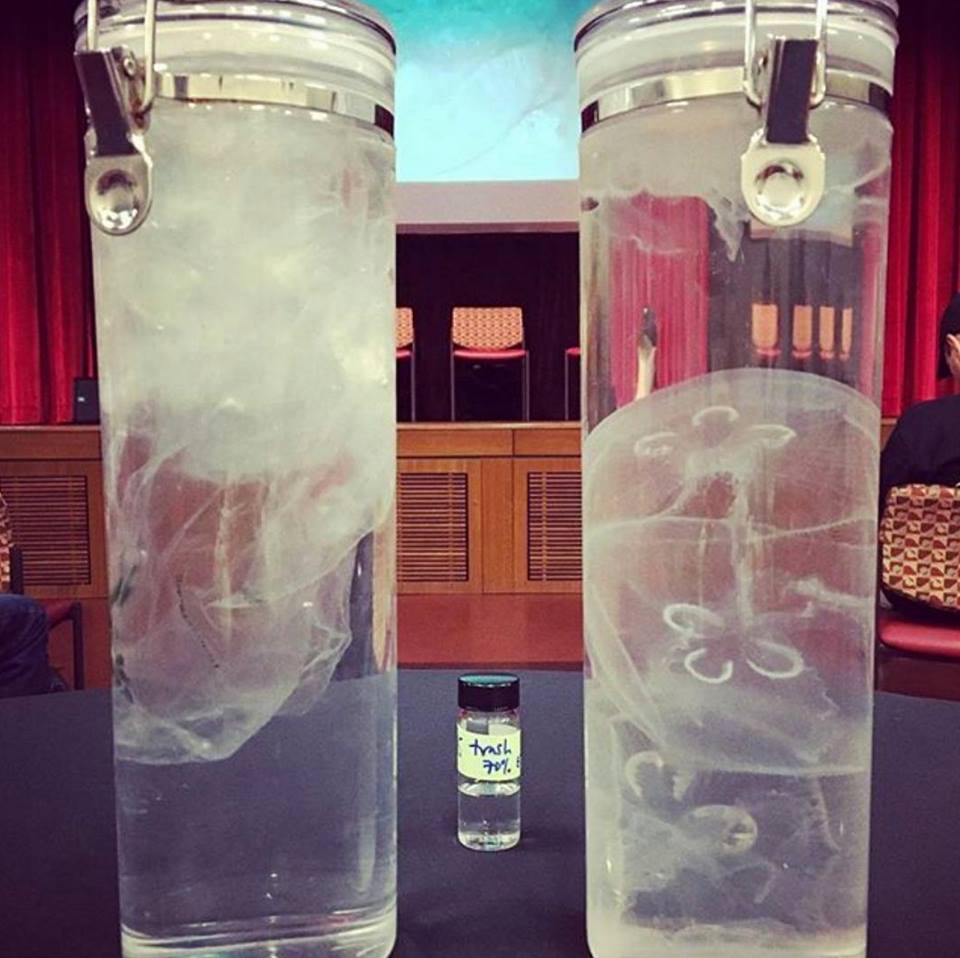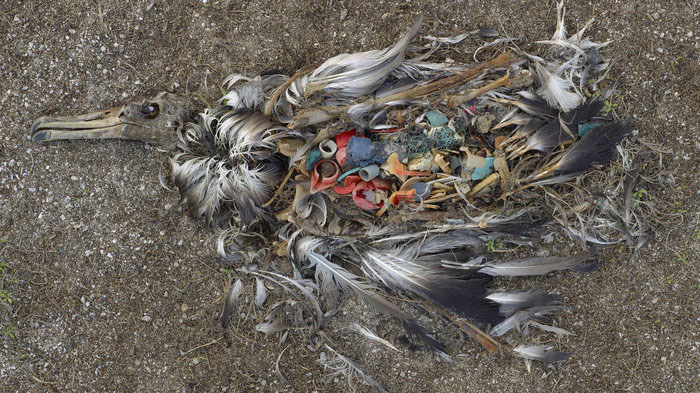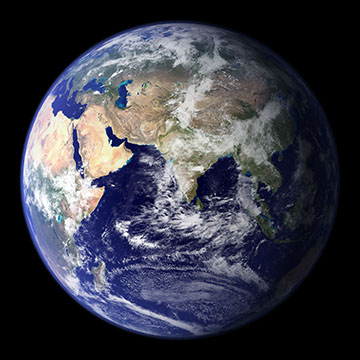Plastic is an incredibly useful invention. It has been used in medical devices that save lives, in the creation of vehicles, and in making electronics, including the device you are reading this post on. It has helped distribute fresh drinking water to places in need and by choosing the right kinds of plastic you can actually decrease your overall output of trash. BUT, when I found balloons tangled in bushes while hiking miles deep in a national forest, I felt an overwhelming need to share my experience and the experiences of others to illustrate how far our trash reaches when we are careless and wasteful.
In a series of three posts, I will:
1.) talk about the dangers that careless disposal of plastics can impose on our environment
2.) share some stories from different places around the world that illustrate how far trash travels and
3.) share some helpful and easy tips on how YOU can minimize your impact no matter where you are on this beautiful blue planet.
So strap in and hang out because we are dumpster diving into the world of trash!
The Dangers of Careless Plastic Disposal
To humans, plastic is easily recognizable. By and large we humans can tell the difference between what is man made and what is not; for animals, this distinction more difficult. For example, take a look at this image:

This image compares plastic bags to jellyfish to illustrate how similar they can look to an unsuspecting animal looking for food. The tube on the left are balled up plastic bags and the tube on the right are moon jellyfish. You can see how very similar they can seem to a hunting animal that has never experienced plastic before.
This image, shared from a post by One Green Planet, shows a balled up plastic bag compared to a moon jellyfish, a common dietary staple for many sea turtles. As you can see, they look very similar, even to a human eye that is very familiar with the image of plastic. Imagine being a sea turtle with no understanding of what plastic is. You see this bag and think you have scored a tasty meal. Instead you ingest something that fills your stomach but you are still so hungry!

This image shows a dead baby albatross at Midway, an island between North America and Asia. You can see the soft tissues have decomposed and what remains are bones and a gut full of plastic.
When animals eat plastic, their bodies are not able to break it down, so they are not actually getting any nutrition. If the animal is lucky, it will pass the plastic out when going to the bathroom, making room for real food. If they are unlucky, like this baby albatross , the animal will ingest so much plastic it cannot be passed in bowel movements. This is fatal, as it was for this chick. Sadly, this is not the only bird to die by ingesting plastics.
Scientists in Hawaii have found that more than 97% of all dead Laysan albatross chicks contain plastic in their stomachs. And, more than 89% of all dead adult birds, regardless of type, are found to have plastic in their gut. Not all of these birds died directly from plastic ingestion, but animals have a difficult time surviving when trash takes up space that should be filled with food.
It is easy to see the damage big hunks of plastic can have on animals but some of the most alarming plastic accumulation has occurred in areas most of us will never go.
Plastic has recently be found in the Mariana trench, a channel in the floor of the Pacific Ocean that plunges 36,000 feet into the ocean’s depths. This trench is home to corals, plankton, octopuses and many more animals. A team of scientists recently took samples of plankton from these trenches . They found that every single sample from the Mariana Trench had microplastic in their guts (microplastics are plastics that are less than 5 mm long); plastic found in 100% of the samples! You can read more about the study in this 2015 article from National Geographic.
Beyond the gut filling issues discussed in the previous paragraph, plastic has another feature making it dangerous to animals, including us. As plastics sit around, they are absorb toxins. A study done at the University of California, Davis, led by Chelsea Rochman, has been studying this phenomena. Rochman and her team left mesh bags of various types of plastics floating in the Pacific Ocean. Over the course of a year, they measured contaminant levels being absorbed by the plastics. After 12 months some of the plastics were still absorbing contaminants! These contaminants get ingested with the plastic and can poison the animal, or human, eating it. What’s more, if you follow that organism up the food chain, you may find that those plankton will eventually find their way into human food sources.
At the end of all of this, if you are still wondering why I am writing to you about garbage, this is why:
We have one planet with no promise of somewhere else to go. For the sake of not only humanity, but for every living creature on this planet we need to care for our Earth because she is all that we have right now.
Be sure to check back in June for part two of my three part series on pollution and read some first hand accounts of pollution found around the world by WonderLab travelers.



Leave A Comment